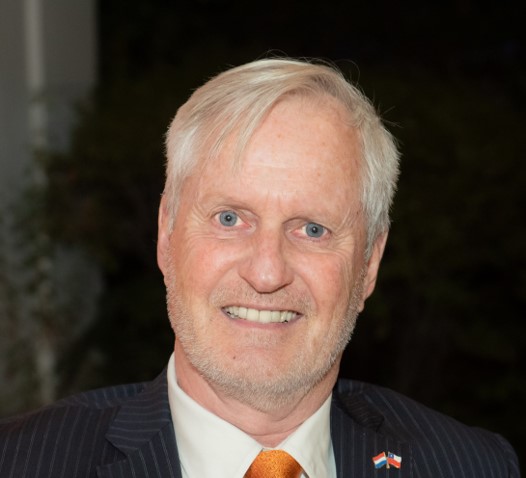Water Management and Dutch-Chilean Cooperation - Chile EN
This page highlights the global challenges of water scarcity and pollution, and explains how the Netherlands contributes to solutions worldwide. You’ll find information on Dutch expertise in water management, the cooperation with Chile, and examples of ongoing projects such as GIRAgua and Aconcagua. It also showcases innovative approaches in wastewater treatment and the Valuing Water Initiative.
Global Challenges in the Field of Water
Water security is a human right, yet more than 700 million people still lack safe drinking water. Over 2.5 billion people do not have access to sanitation, and billions live in areas facing increasing water scarcity. Economic growth, urbanization, and climate change are intensifying these challenges, making water crises one of the greatest threats to the global economy.
The Dutch contribution to solutions
The Netherlands contributes by:
- Expanding access to drinking water and sanitation for the poorest.
- Improving water productivity in agriculture.
- Supporting catchment and delta management.
Since 2004, Dutch efforts have provided sanitation to 50 million people and safe drinking water to 30 million. Programs such as Securing Water for Food and partnerships with Food and Agriculture Organization of the United Nations (FAOand UNESCO-IHE help millions of farmers improve irrigation practices.
Dutch-Chilean Water Cooperation
The Netherlands and Chile collaborate to exchange knowledge and implement solutions for drought, water scarcity, and sustainable management. Areas of cooperation include:
- Integrated water management: the collection, storage, distribution, treatment and reuse of water.
- Coastal protection using “building with nature” concepts": beach restoration, delta access and inland waterways.
- Water technology and circular economy: the reuse, desalination, and social awareness in the area of water.
Dutch projects in Chile
Years of experience in integrated water management, water purification, waste water treatment en water reuse, and efficient water use in agriculture in the Netherlands, offer opportunities to Chile to make use of Dutch knowledge and experience. The Netherlands contributes to different projects in the water sector in Chile.
GIRAgua
A pilot project in the Coquimbo region focusing on aquifer recharge and underground storage to retain water during rainy seasons. Led by Deltares with Chilean partners, supported by the Dutch Partners for Water program.
Watch the video on GIRAgua on YouTube.
Aconcagua
A coalition project addressing drought and sustainable agriculture in the Aconcagua valley. It combines farm-level innovation, catchment studies (e.g., TU Delft’s Water Accounting study), and international value chain engagement to promote responsible water management. Read more about how the Aconcagua Valley transforms fruit production.
Watcht the video Trailer Aconcagua Network on YouTube.
Waste water treatment
Dutch companies demonstrate innovative waste water treatment solutions in rural Chile, supporting the government’s policy to reuse treated water.
Watch the video Demonstration Bluecon Isla Maipo on YouTube.
Valuing Water Initiative
The Netherlands promotes inclusive water dialogues through the Valuing Water Principles. In 2023, the Valuing Water Initative team worked with Chile and Economic Commission for Latin America and the Caribbean (ECLAC) to foster stakeholder participation in catchment management discussions.
Working Together with the Netherlands on Water Solutions
The Embassy of the Kingdom of the Netherlands in Chile is committed to supporting cooperation in water management. We can connect you with Dutch experts, facilitate partnerships, and provide guidance on pilot projects and sustainable practices tailored to Chile’s challenges.
Together, we can strengthen water resilience, improve agricultural sustainability, and protect ecosystems for future generations.
Connect with Us
Our team is passionate about building solutions together. Whether you’re a policymaker, researcher, or entrepreneur, we welcome collaboration. Reach out to explore how Dutch expertise can support your water initiatives.







